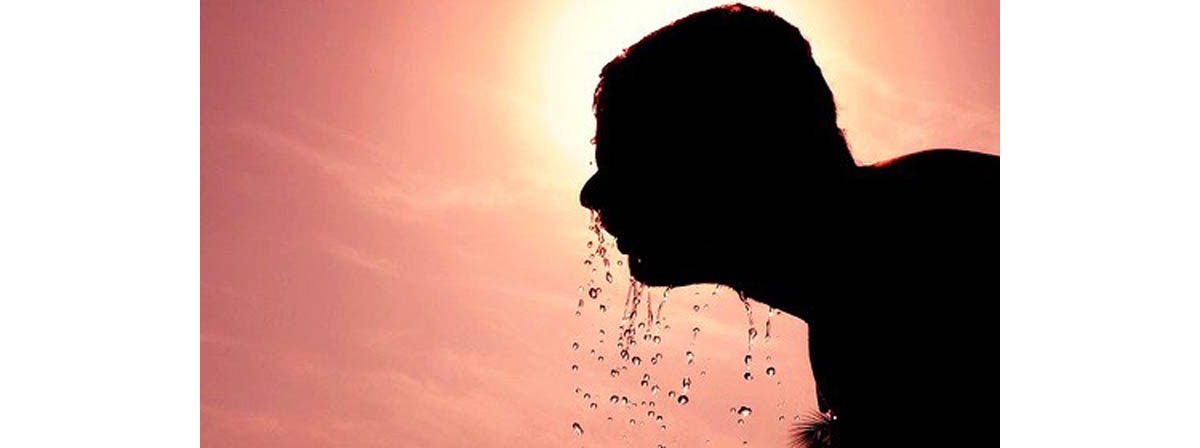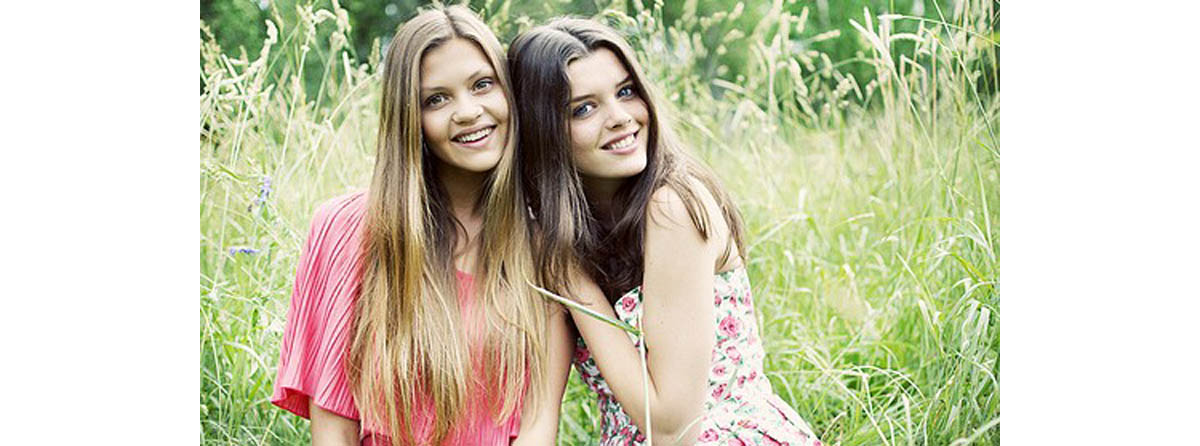Heat exhaustion and heatstroke are not small public health problems.
In the United States alone, the most recently-published data indicates:
- More than 67,000 people visit the emergency room because of symptoms caused by extreme heat.
- Over 9,000 people are hospitalized for heart-related illnesses including heatstroke.
- Around 700 people die from heart-related illnesses.
Heatstroke is far from the only possible outcome — nearly every chronic health problem is worsened by extreme heat, including heart disease, lung diseases, kidney disease (especially related to dehydration) and even, according to the latest data, suicide and violence.
As extreme whether events, including extreme heat, continue to leave more and more of a mark on society, it is easy to resign yourself to the idea that we've now entered the kind of dystopian future we've so often read about and watched in science fiction stories. There are, however, steps we can all take to reduce our risk.

Even in the USA, once heat strokes in, 80% of people die without prompt medical treatment. Outside the United States, even more people die annually from heat, especially during heat waves in Central Asia, Pakistan, Bangladesh, and India.
That's why beating the heat isn't just a matter of comfort, it can be a matter of basic survival. Here are seven things everyone needs to know about surviving a summer heat wave, starting with basic information that can save a life.
1. Exertional heatstroke, the kind of heatstroke that active people experience, can start with subtle symptoms.
Exertional heatstroke is severe heat exhaustion that occurs after strenuous physical activity, although what is strenuous for one person may not be strenuous for another. Exertional heatstroke most often occurs in healthy, active, young individuals, and people who suffer exertional heatstroke retain their ability to sweat. Predisposing factors for exertional heatstroke include a recent viral illness, use of cocaine or methamphetamines, obesity, recent arrival to a heat (although acclimated individuals may also experience heatstroke), lack of sleep, fatigue, and dehydration.
The symptoms that heatstroke is on its way include headache, shortness of breath, nausea, vomiting, diarrhea, dizziness, and loss of consciousness, all of which may occur before the actual heatstroke, when core body temperature soars to 41 degrees Celsius (105 degrees Fahrenheit) or higher and there is intense sweating as well as loss of sensation or hallucination. Exertional heatstroke calls for medical attention.
2. Nonexertional heatstroke, the kind of heatstroke that occurs in inactive people who are unable to control their environment or their water intake, is usually marked by absence of sweat.
Nonexertional heatstroke is most common in babies, in the elderly, and in people who are confined to bed. This kind of heatstroke is characterized by anhidrosis, a failure to perspire, along with core body temperatures exceeding 41 degrees Celsius (105 degrees Fahrenheit) and a variety of psychological symptoms, such as hallucinations, delusions, and loss of sensation. People experiencing nonexertional heatstroke may not be aware that they are hot.
This kind of heatstroke can occur in people who have heart disease, in people who take psychiatric drugs or drugs for overactive bladder that interfere with the ability to perspire, and in people who have brain injuries, as well as other at-risk groups. Early treatment, taking the victim of nonexertional heatstroke to the ER by ambulance, is essential for survival.
Core temperature, by the way, refers to the temperature of the body's internal organs. The most accurate way to determine core temperature is with a rectal thermometer. But it is always more important to get a person who may be suffering heatstroke cooled off than it is to take their temperature, preferably during the "golden hour," the first hour after symptoms set in, when internal organs can be saved.
Five More Ways to Win the Battle Against Heatstroke
Nothing in this article is intended to discourage anyone who needs emergency medical attention from getting it, but here are five more ways either to begin treatment while the ambulance is on its way or to take care of less serious cases of heat exhaustion at home.

3. Remove restrictive clothing.
It is not necessary to run around au naturelle to beat the heat, and it's really not a good idea to sunburn places on which one ordinarily sits down. Loose, flowing clothing made from fabrics that "breathe," such as cotton, is an excellent way to keep cooler in hot weather. Once heat exhaustion or heat stroke sets in, however, it is important to take off any kind of clothing that clings to the skin, to allow perspiration to evaporate, and to provide greater access to the skin for cooling devices.
4. Cool the skin with washcloths or sheets dipped in ice water.
Don't try to cool off by holding ice directly to the skin. In heatstroke, direct exposure of the skin leads to initial cooling followed by rebound hyperthermia, the body's overproduction of heat to counteract rapid cooling. Packing someone in ice is something best left to medical professionals. A more effective way to cool off quickly is to wrap the body in cold sheets. Keeping a damp cloth or a bag of frozen peas or even a sheet in the freezer for emergency use during heat waves is a good idea.
5. Apply ice packs to the axillae and groin.
Cold packs cool down the body's core temperature fast, but most people don't know the best places to put them. One location to "ice down" is the groin. Placing an ice pack over the lower abdoment cools the arteries and veins serving the digestive tract and the legs.
The other prime locations for applying ice packs are the axillae, or arm pits. Placing ice packs here cools the arms as well as the heart, neck, and head, without causing excessive cooling of the head that could aggravate headache with "brain freeze." Be sure to use cold packs, not ice itself, because ice can cool down the body too quickly.
6. Offer a water or a non-caffeinated, non-alcoholic beverage if the heatstroke victim is conscious.
Sometimes, but not always, the underlying issue in heatstroke is dehydration. A few sips of a cool beverage that does not contain either alcohol or caffeine can help, but only if the heatstroke or heat exhaustion victim is fully conscious and capable of swallowing. Fluid needs to be sipped, not gulped, and should not be offered immediately after vomiting.
7. Get a heatstroke victim to an air conditioned location as quickly as possible.
It's always best to get a heat victim out of the heat. When moving someone who is not conscious, it is essential to make sure airways stay open. If there is vomiting, turn the person on his or her side and wait for help. Do not carry someone who is vomiting in a manner that could cause vomit to aspirate into their lungs.
It's always best to call for help sooner rather than later. Emergency room physicians refer to the "golden hour" when internal organs and the brain can still be saved, the first hour after heatstroke sets in. The sooner someone is transported to necessary medical treatment, the more likely life is to be saved.
- Centers for Disease Control and Prevention. Heat Waves. Available at http://www.cdc.gov/climatechange/effects/heat.htm. Accessed 2 July 2013.
- Heled Y, Rav-Acha M, Shani Y, Epstein Y, Moran DS. The "golden hour" for heatstroke treatment. Mil Med. Mar 2004.169(3):184-6.
- Photo courtesy of Rosh PR by Flickr : www.flickr.com/photos/rosh/134651965/
- Photo courtesy of Widerbergs by Flickr : www.flickr.com/photos/widerbergs/5859581508/


Your thoughts on this